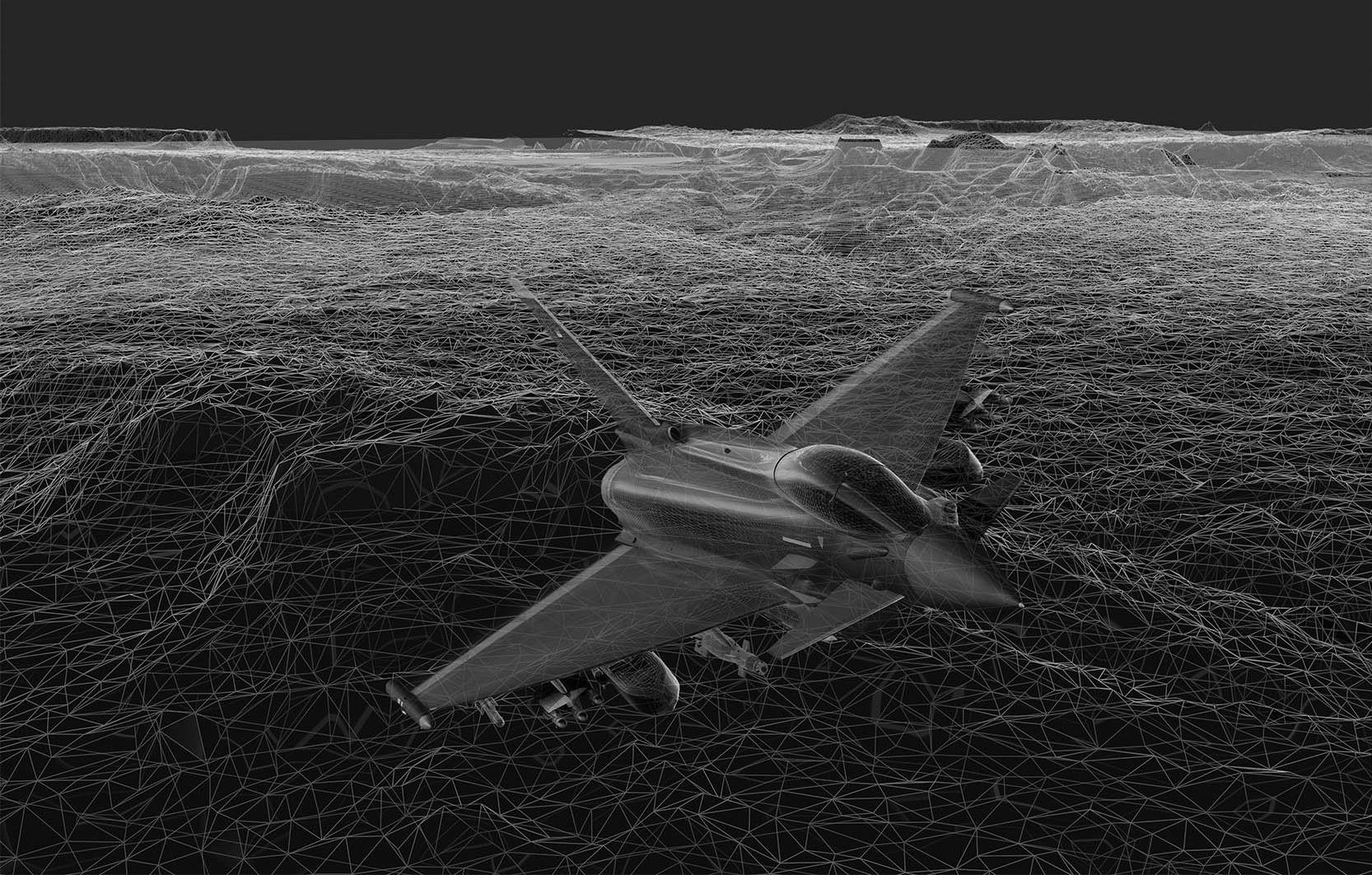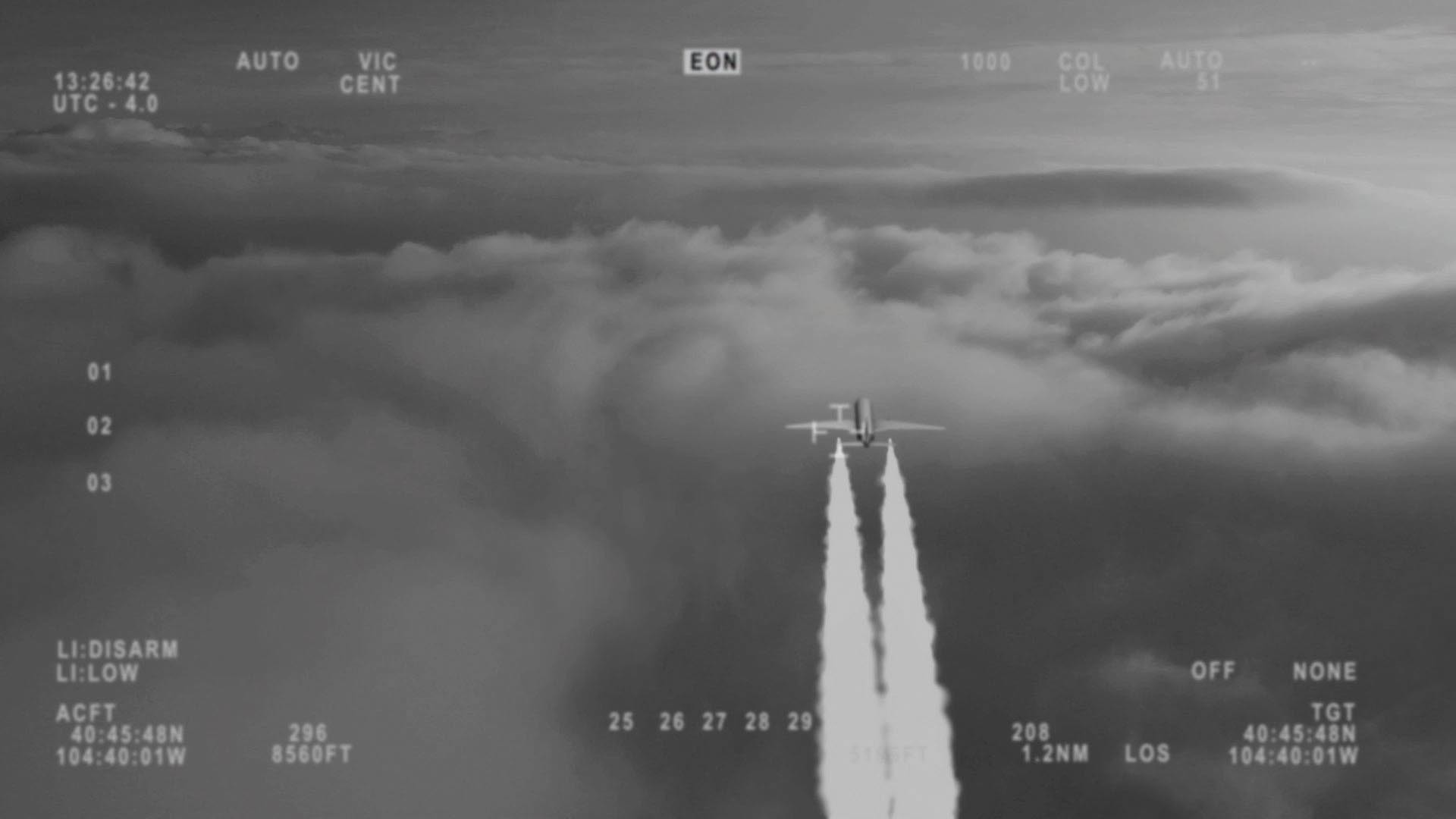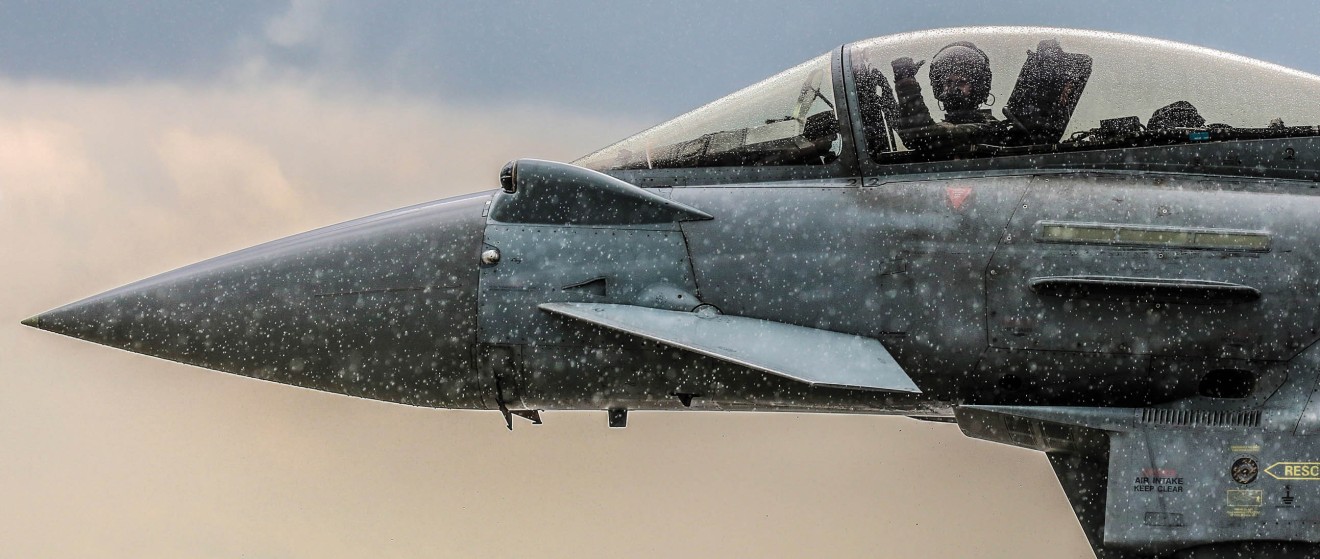Gaining tactical advantage by using stealth assets has its place in a certain spectrum of air war. A number of air forces are adopting this capability — even though it’s not exactly a cheap option.
However, stealth comes at another price too. It is limited in terms of other capabilities and the potential disadvantages are rarely, if ever, discussed. But there are a whole host of reasons why a non-stealth alternative might be the best option for an air force — particularly forces with limited budgets who are looking to maximise their military effectiveness in respect of the money tax payers have invested.
To get a more comprehensive and fair view on the stealth topic you need to consider the following:

Different spectrums of air war: There is not “one and only one” type of scenario. History has shown that the capabilities required to achieve desired effect depend heavily on the threat encountered — in the air and on the ground. Clearly there are offensive-type scenarios where stealth is required to penetrate denied air space, gather data and distribute information in real-time.
But there are far many more scenarios which don't require specific stealth assets to gain the same amount of information and tactical advantage. Robust capabilities like supercruise, firepower, sustainment and payload - rather than stealth - are widely required over all scenarios. Stealth is a capability that, as mentioned before, has its place, but it remains a niche capability.
And, as a niche capability a stealth aircraft will always have to be complemented by aircraft that set the benchmark in other capabilities. Only then will you be able to project air dominance. Relying purely on a stealth aircraft, with their limitations in payload and agility means relying heavily on coalition partners to project full air dominance.
Firepower: To maintain their stealth characteristics the payload on stealth assets is mostly carried internally. This means a limitation in payload. A Typhoon, for example, just doesn´t have this burden as it was never designed around stealth capability.
With just a fleet of stealth aircraft a force would lack firepower.
That’s why some nations are adopting a complementary approach, combining their swing-role capable fighter force with stealth aircraft. This way they are able to operate in scenarios where stealth brings an advantage. One of those scenarios is known as a “Day 1” scenario, where you need to penetrate denied airspace and attain freedom of action by countering enemy’s GBAD (ground-based air defence). But even here the main workload would be carried out by swing-role fighters like the Typhoon. A good example is the UK RAF, transferring all capabilities from the Tornado (via Project Centurion) to the Eurofighter Typhoon. On top of its standard-setting Air-To-Air capabilities the Typhoon will take over all required Air-To-Surface roles from Tornado.

Stealth is not stealth for every sensor: The high cost of a stealth fighter is the result of a long development cycle to reach a certain level of “stealthiness”. This is in a spectrum and bandwidth where most anti-aircraft radars operate. However, you can already ‘see’ a stealth fighter. Looking through an infrared (IR) sensor, like the PIRATE on the Typhoon for example, a stealth fighter remains fully visible due to its IR-signature.
And, given the rapid pace of technological developments, it’s only a matter of time before the technology becomes available to offer sensor coverage of stealth aircraft, fully countering the effectiveness of stealth. That will be a particular concern for aircraft that were developed in the 1990s. Stealth over all spectrums is a myth.
In short, an aircraft might be stealthy today but in 10 or 20 years that might not be the case.
Information sharing and classification: The real value of a stealth aircraft is gathering data in a time-compressed denied airspace. However, you can only fully leverage this capability if the remaining assets in the air, on the ground, and elsewhere in the command chain are able to work at the same pace and understand the data. The additional price of introducing the stealth concept is the need to review and most likely change quite a few processes. Only then can you transform information into quick decisions and probable kinetic effect.
All of which means that you cannot assume that by acquiring a stealth aircraft you’ll immediately be able to take full advantage of it. And introducing and incorporating such a concept costs time and money. This is clearly not a showstopper, but it certainly a major consideration that is rarely highlighted.
In essence, if you want stealth in your air force you have to adapt everything else around it and that includes a new mind-set.
We’re talking about the whole infrastructure behind how information is processed, classified, who classifies it and how it can be used. And who, at the end of the day, is responsible for the kinetic effect on the target because everything is highly automated.
Sovereignty: Aside from the technical interoperability issues there’s also a question mark over the sovereignty of the data. The fidelity of the information is only ever as good as the manufacturer allows it to be. With Eurofighter we make sure it is developed according to a customer’s needs and give the customer the ability to participate as a partner. There are no “black boxes” in the Eurofighter.
In conclusion
Stealth has been an unquestioned industry buzzword for the past decade, conveniently ignoring the fact that it’s a niche capability with a number of associated challenges. On the other hand, Eurofighter Typhoon remains the most complete, robust and effective military solution for most of the challenges in the current and future battlespace. As the bigger stealth picture becomes clearer questions like Information-handling and sovereignty will soon be a natural part of the capability discussion, areas where the Typhoon is also very well suited.
